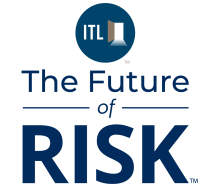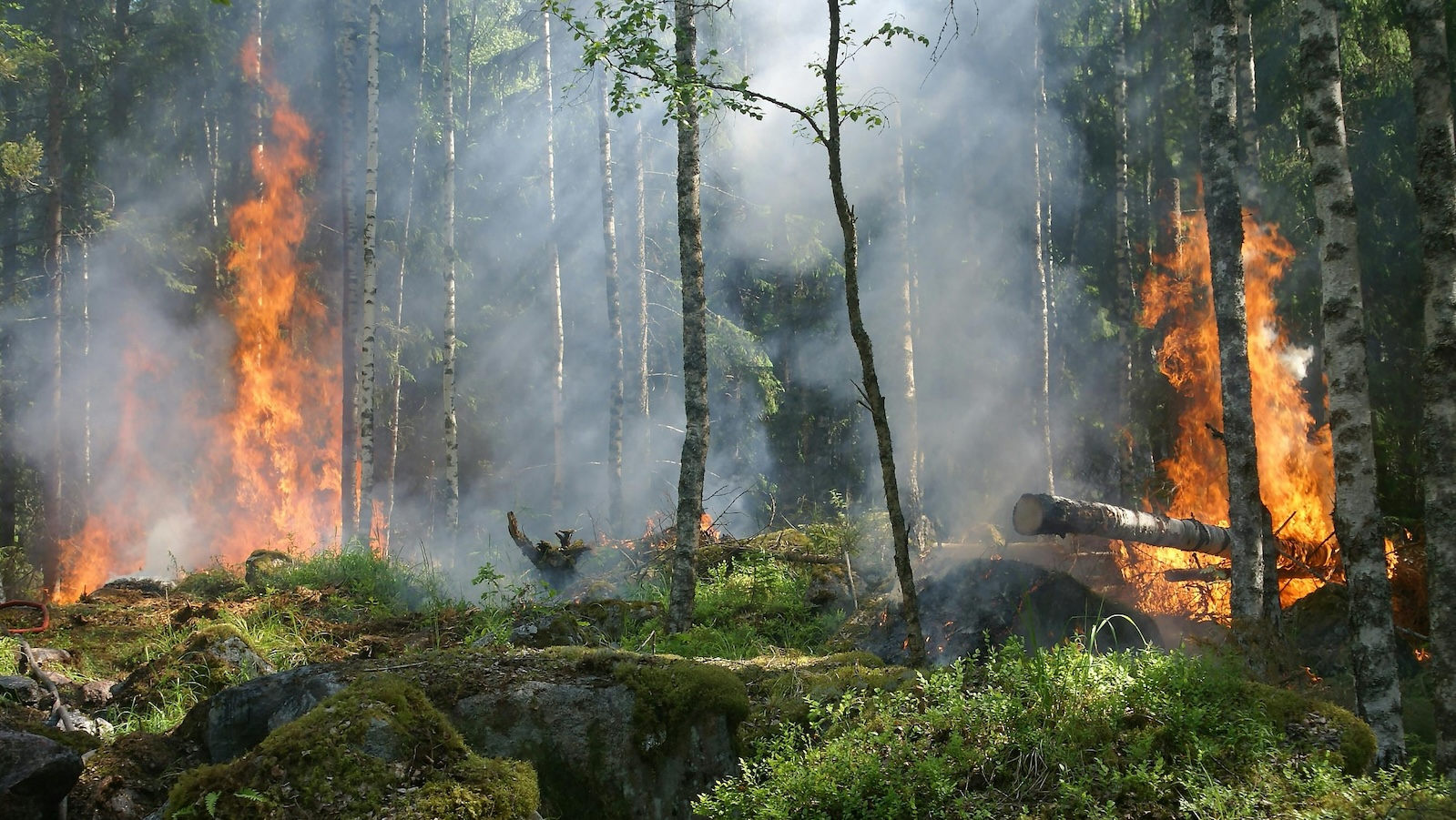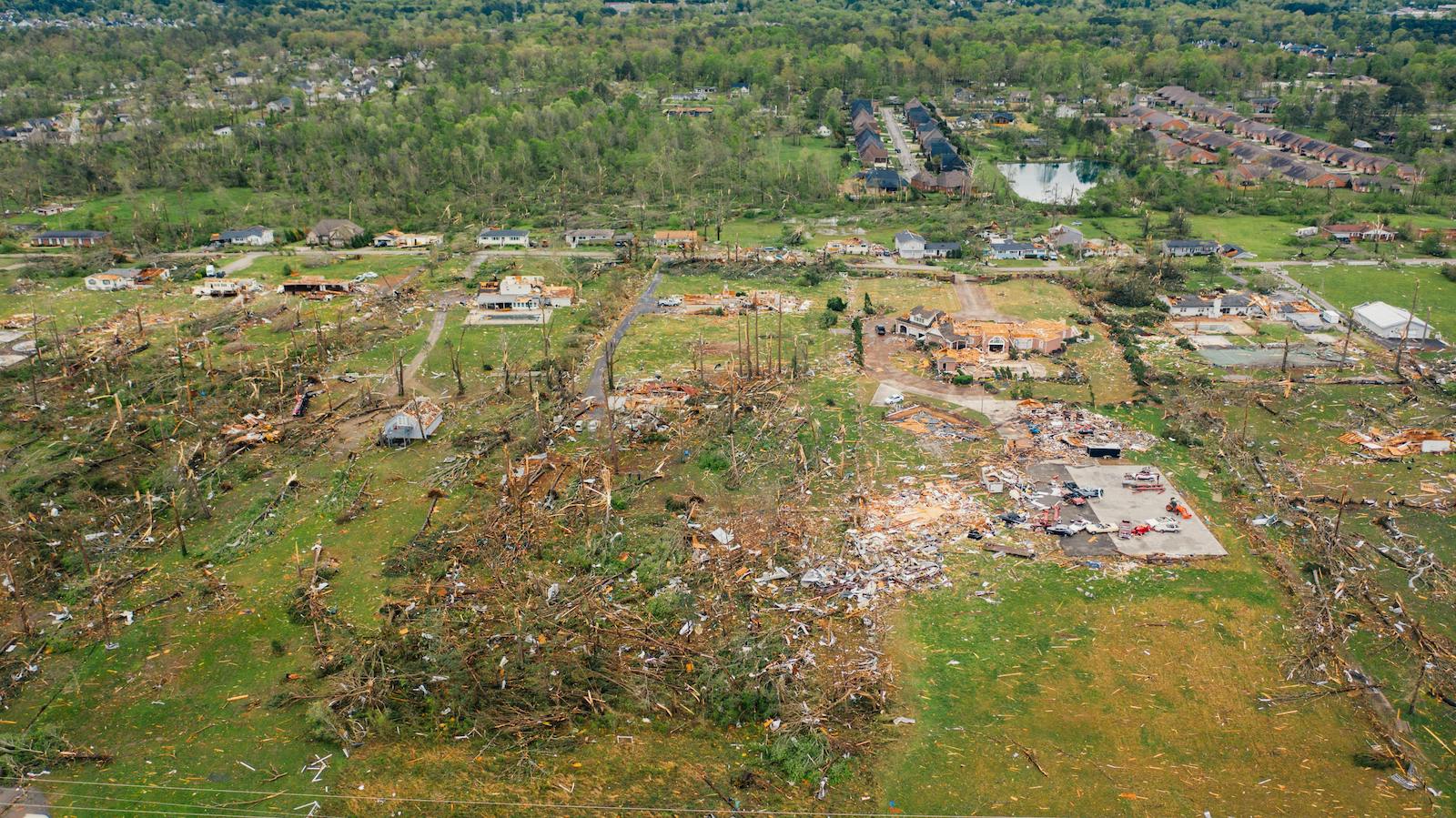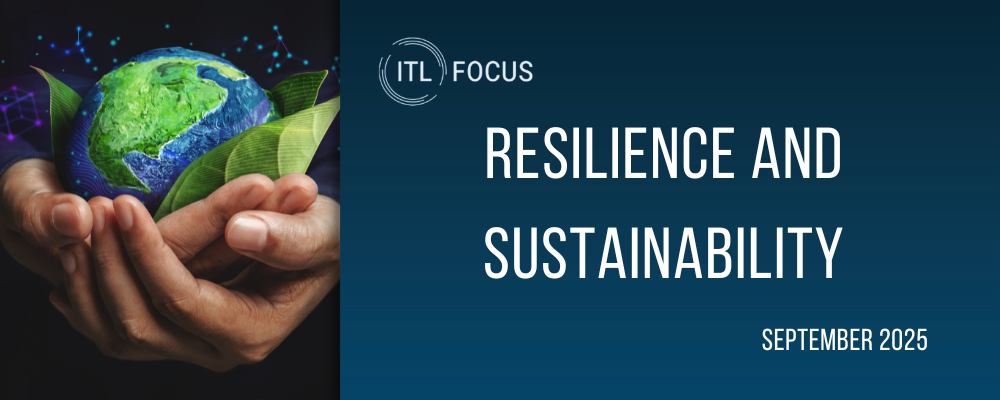The frequency, severity and geographic occurrence of wildfires have increased significantly in recent years, fueled by climate change, human activities, and evolving land use patterns. The rapid spread poses substantial risks across various sectors and regions around the globe, as highlighted in the new Emerging Risk Trend Talk report from Allianz Commercial.
As the devastating Los Angeles wildfires in January 2025 showed, the western U.S., along with western Canada, southern and eastern Australia, and southern Europe are some of the geographical zones most exposed to wildfires. However, such fires are also now occurring in locations not previously regarded as being at significant risk, including forests in northern regions of Canada, Scandinavia, and Russia. South Korea even suffered the deadliest wildfire outbreak in its history during March and April 2023.
Wildfire seasons are starting earlier and lasting longer, which affects the ability to share firefighting resources within regions. Catastrophic wildfires are becoming larger and more frequent. The impacts of the worst wildfires in terms of property damage and fatalities in the last decade alone have been significantly greater than for at least 50 to 100 years in some regions.
Climate change is elevating risks by increasing fuel loads, drying fuels, strengthening winds, boosting lightning activity, and promoting invasive, and more flammable, species. The 10 warmest years since 1850 have all occurred in the past decade (2015-2024), with 2022 being the hottest on record.
Wildfire exposures are also being intensified by changing land use, in particular in the "wildland urban interface," or WUI – locations where human development is expanding into areas of wildland vegetation prone to fires. The number of people and property exposed to wildfires is increasing. This exposure coincides with increased lengths of electricity lines and roadways – both key ignition sources. Global insured losses from wildfires increased from $8.7 billion in the 2000s to $56.3 billion in the 2010s, becoming more than six times more expensive.
Any sector can be affected by wildfire, but utilities and energy, real estate and construction, and agriculture and transportation are among the sectors that face the most significant exposures to damage and business interruption. Regulatory challenges and litigation related to wildfire liabilities are also on the rise, necessitating robust risk management strategies.
Strategies include creating defensible spaces, managing vegetation and using non-combustible building materials. Fire suppression and protection strategies are also evolving, and companies need to keep up with them. Developing and implementing an effective wildfire preparedness and business continuity program, and regularly reviewing and updating it, is recommended.
There is also a range of increasingly sophisticated technical tools and innovations that can be used to model and mitigate fire risk. Examples include seasonal forecasting, drone surveys, geographical information system (GIS) mapping, thermal imaging, vegetation management systems and artificial intelligence camera monitoring systems.
Ultimately, wildfire mitigation calls for a multi-faceted approach, including individual companies' compliance with all relevant laws and regulations concerning fire safety. More broadly, preparing for wildfire will require mitigating greenhouse gas emissions, adapting to changing environmental conditions, and implementing effective wildfire management strategies. This might involve a combination of land use planning to minimize exposure to wildfire risk, and investments in those technologies that enhance fire detection, prediction, and suppression.
Mitigating wildfires is a complex and pressing issue that requires coordinated action at local, national, and global levels to minimize risks and build resilience in the face of a changing climate.
To read the Allianz Commercial report, visit: ARC-Emerging-Risk-Trend-Wildfires.pdf






